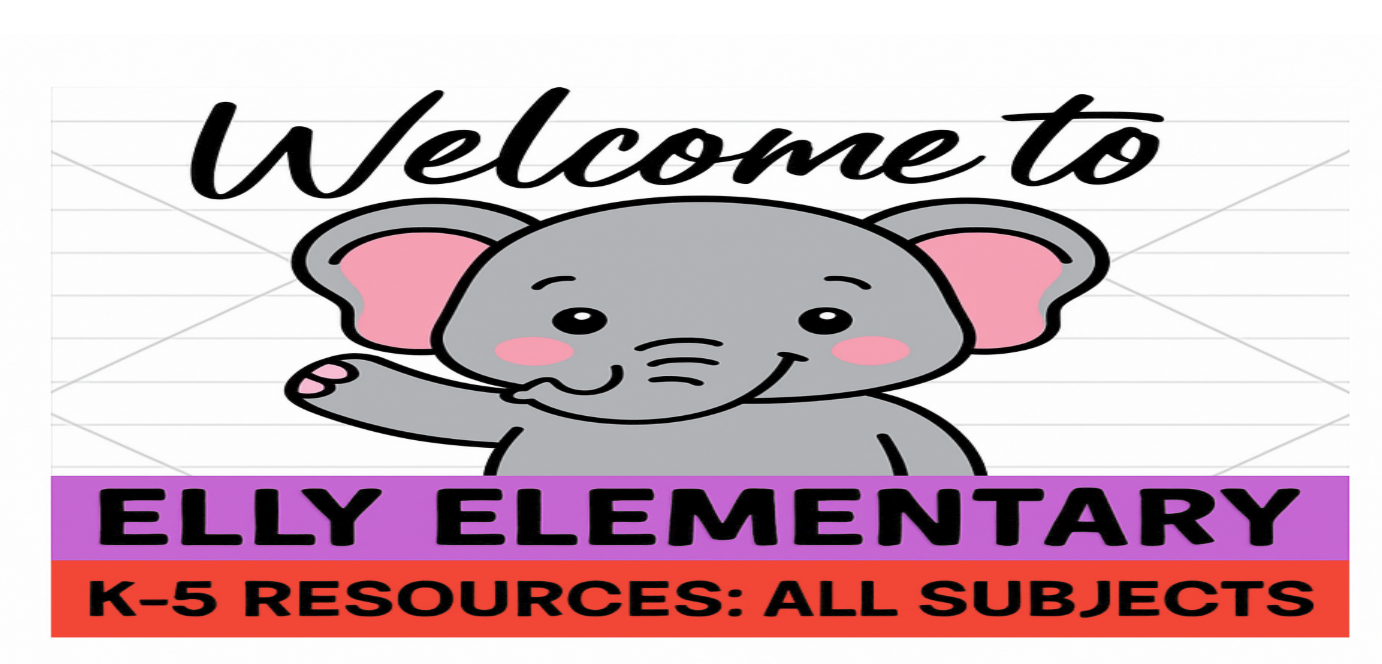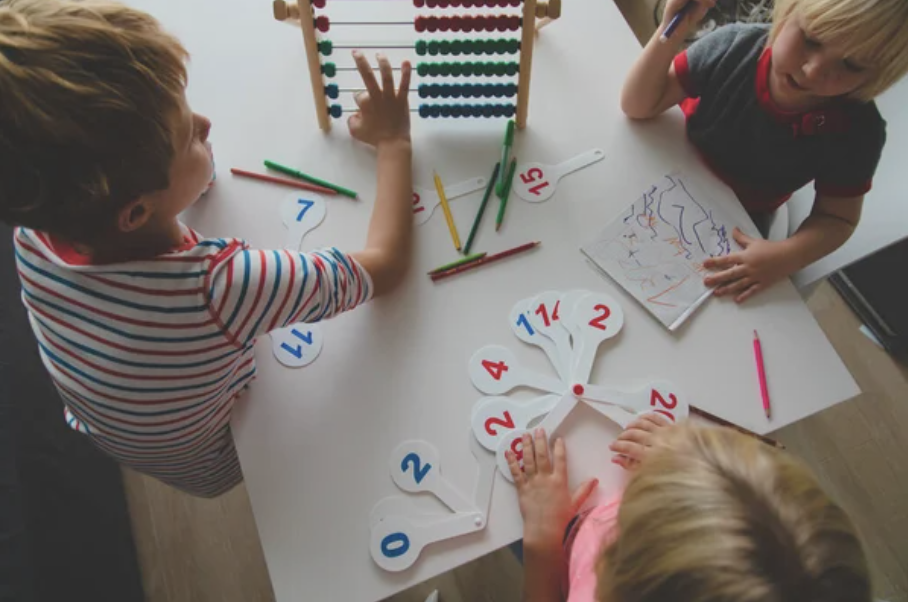Learning math correctly as a child is crucial because it builds a strong foundation for problem-solving and critical thinking skills that are essential in everyday life. Early math skills help children understand and navigate the world around them, from simple tasks like telling time and handling money to more complex activities like planning and decision-making. Mastering math concepts early also boosts confidence and prepares children for more advanced subjects in school, leading to greater academic success and opening up opportunities in various careers. Furthermore, math promotes logical reasoning, which is important for making informed decisions throughout life.
Making math learning more fun can help students engage with the material and develop a positive attitude toward the subject. Here are some strategies:
- Math Games: Incorporate board games, card games, or digital math games that involve problem-solving, strategy, and teamwork. Games like "Math Bingo," "Multiplication War," or online platforms like "Prodigy" make learning math concepts exciting.
- Hands-On Activities: Use manipulatives like blocks, counters, or beads to visualize math problems. Activities like building with LEGO to learn about fractions or using measuring cups for lessons on volume can make abstract concepts more concrete.
- Math in Real Life: Connect math to real-world scenarios. For example, have students plan a mock shopping trip with a budget, cook using recipes that require measurements, or measure items around the classroom to learn about units of length.
- Math Art Projects: Integrate math with art by creating projects that involve geometry, symmetry, or patterns. For instance, students can create tessellations or use graph paper to design pixel art.
- Interactive Technology: Utilize educational apps and websites that offer interactive math lessons. Programs like Khan Academy, IXL, or Math Playground offer engaging, self-paced learning experiences with instant feedback.
- Math Challenges and Puzzles: Introduce daily or weekly math challenges, riddles, or puzzles that encourage critical thinking and problem-solving. For example, "Math Brain Teasers" or "Sudoku" can be both fun and educational.
- Story Problems: Create or use math story problems that are relatable and interesting. When math problems are presented as part of a story, students may be more motivated to solve them.
- Collaborative Learning: Encourage group work where students can solve problems together. Collaborative activities like math stations or math scavenger hunts can promote teamwork and make learning more dynamic.
- Incorporate Movement: Combine physical activity with math learning. Activities like “Math Hopscotch” or “Math Relays” where students answer questions or solve problems while moving can make learning more active and engaging.
- Themed Lessons: Incorporate themes that students enjoy, such as sports, animals, or holidays. For example, using a "sports statistics" theme to teach averages or a "holiday shopping" theme to practice addition and subtraction can make lessons more appealing.
These approaches can make math feel less like a chore and more like an adventure, helping students to develop a love for the subject.
Children’s books can be a fantastic way to introduce and reinforce math concepts in a fun and engaging manner. Here are some popular titles that help teach various math concepts:
- "The Grapes of Math" by Greg Tang
- Concepts: Problem-solving, addition, multiplication
- Description: This book uses rhymes and vibrant illustrations to challenge kids to think creatively about numbers and solve math problems in a more intuitive way.
- "One Grain of Rice: A Mathematical Folktale" by Demi
- Concepts: Exponential growth, multiplication
- Description: This folktale tells the story of a clever girl who outsmarts a greedy raja, teaching readers about the power of doubling numbers.
- "Sir Cumference and the First Round Table" by Cindy Neuschwander
- Concepts: Geometry, circumference, diameter
- Description: Part of the "Sir Cumference" series, this book introduces children to basic geometry through a medieval adventure involving knights and a round table.
- "Math Curse" by Jon Scieszka and Lane Smith
- Concepts: Various math concepts (addition, subtraction, multiplication, division)
- Description: This humorous book follows a student who suddenly sees math problems everywhere, illustrating how math is integrated into everyday life.
- "The Doorbell Rang" by Pat Hutchins
- Concepts: Division, sharing
- Description: As more and more people arrive to share freshly baked cookies, children learn about division and sharing.
- "How Much Is a Million?" by David M. Schwartz
- Concepts: Large numbers, place value
- Description: This book helps children grasp the concept of large numbers like a million, billion, and trillion through creative and playful illustrations.
- "Ten Black Dots" by Donald Crews
- Concepts: Counting, number recognition, addition
- Description: A simple yet engaging book where each page shows what can be done with ten black dots, perfect for introducing basic counting and addition.
- "The Greedy Triangle" by Marilyn Burns
- Concepts: Geometry, shapes, transformation
- Description: A triangle that’s dissatisfied with its shape morphs into different polygons, teaching kids about various geometric shapes.
- "Anno’s Counting Book" by Mitsumasa Anno
- Concepts: Counting, number sense
- Description: This wordless book uses detailed illustrations to help children understand counting and the concept of numbers in a natural setting.
- "Spaghetti and Meatballs for All!" by Marilyn Burns
- Concepts: Area, perimeter, multiplication
- Description: This story about a family dinner party illustrates concepts of area, perimeter, and the importance of planning.
- "The Math Wiz" by Betsy Duffey
- Concepts: Problem-solving, perseverance in math
- Description: A story about a boy who struggles with math but learns to overcome his challenges through creative thinking and persistence.
- "One Is a Snail, Ten Is a Crab" by April Pulley Sayre and Jeff Sayre
- Concepts: Counting, addition, multiplication
- Description: This quirky book uses animals' feet to introduce counting and basic addition and multiplication concepts.
These books provide an engaging way to introduce or reinforce math concepts, making learning both enjoyable and effective for children.
Check out my store with over 300 resources for K-5 teachers in all subject areas.
Check out my store, Elly Elementary, for all yourr back to school curriculum needs.
Check out the Back to School resource for some fun activities for your first few weeks back.
Join me on Facebook and Instagram. Let me know if you are looking for anything in particular. (Email: ellyelementary@gmail.com)



Comments ()